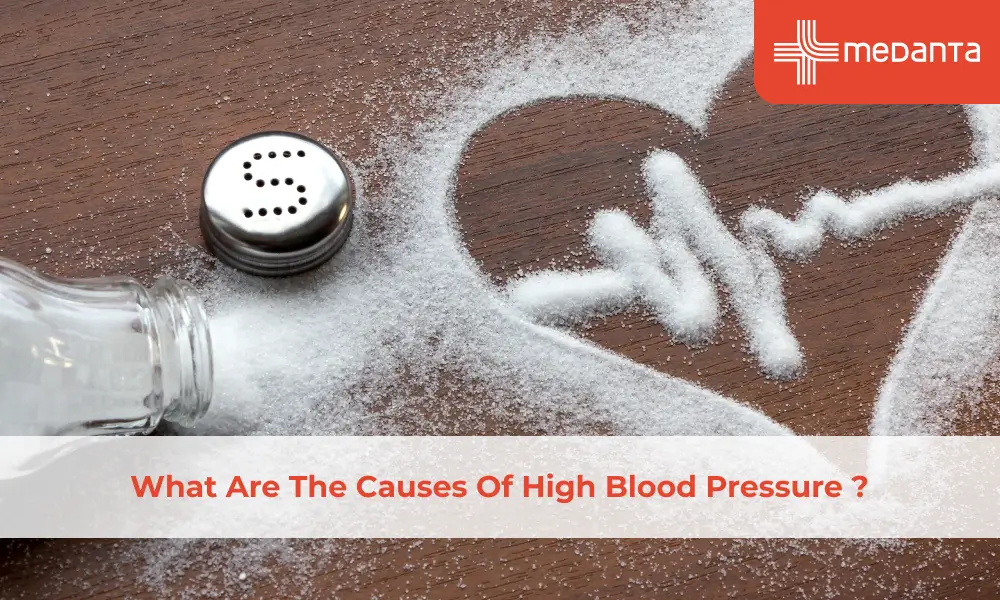What Are The Causes Of High Blood Pressure ?

Hypertension is a condition in which a person experiences elevated blood pressure, exceeding 140 over 90 mmHg — a systolic pressure above 140 with a diastolic pressure above 90. This occurs repeatedly and begins to affect a person’s quality of life and in some cases causes stroke and heart attack.
Research 1 suggests that 57% of stroke cases and 24% of coronary heart disease deaths in India are attributed to hypertension. In the Indian demographic, hypertension has a prevalence of 25-30% in the urban population and 10-20% in rural areas.
Essentially, this means that approximately 100 million people in the country suffer from this debilitating condition.
Unfortunately, the exact causes of hypertension are still unknown, but there are certain non-specific lifestyle factors that can increase risks. In these cases, it is referred to as primary hypertension. Additionally, secondary hypertension is caused by identifiable factors or an underlying condition such as chronic kidney disease, or an endocrine disorder.
Causes of Primary Hypertension:
A combination of a few factors can cause primary hypertension, including:
Lifestyle Choices
A sedentary lifestyle or unhealthy eating habits can take a toll over time and lead to weight issues. Being overweight is directly linked to high blood pressure and associated risks, such as stroke and heart attacks.
Inactivity and a lack of exercise are also contributing factors when it comes to elevated blood pressure. Additionally, smoking and excessive alcohol use can lead to hypertension.Stress
Stressful situations cause your body to produce a sudden increase in hormones that temporarily increase your blood pressure and cause your heart to beat faster.
Furthermore, there is reason to believe that actions linked to stress, such as alcohol use, poor sleeping patterns and overeating can lead to high blood pressure. Also, it is possible that a series of short-term elevations in your blood pressure can eventually lead to long-term high blood pressure.Physical Changes
Changes in your body can result in high blood pressure. For example, ageing can result in changes to your kidney function, which can further impact your body's natural balance of salts and fluids. This can directly affect your blood pressure.Salt Intake
There is a strong link between salt and high blood pressure, to the extent that people who completely avoid salt show no signs of hypertension at all.Genetic Predisposition
In some instances, people are more likely to develop hypertension as a result of a genetic inheritance from their parents.
Causes of Secondary Hypertension
Secondary hypertension manifests suddenly and causes higher blood pressure than primary hypertension. The most common cause of secondary hypertension is kidney disease. It can also be triggered by tumours and other deformities in the adrenal glands, affecting hormone secretion, leading to changes in blood pressure.
Furthermore, it has been found that birth control pills, especially the ones containing estrogen can affect blood pressure, as well as medications that constrict the blood vessels.
Secondary hypertension is caused by a number of underlying conditions or medications, including:
Obstructive sleep apnea
Kidney problems
Adrenal gland tumours
Thyroid problems
Congenital defects
Certain medications, such as birth control pills, cold remedies, decongestants or pain relievers
Illegal drugs, such as cocaine and amphetamines
If you have been suffering from symptoms of hypertension, then speak to your doctor about how to manage this more effectively.






